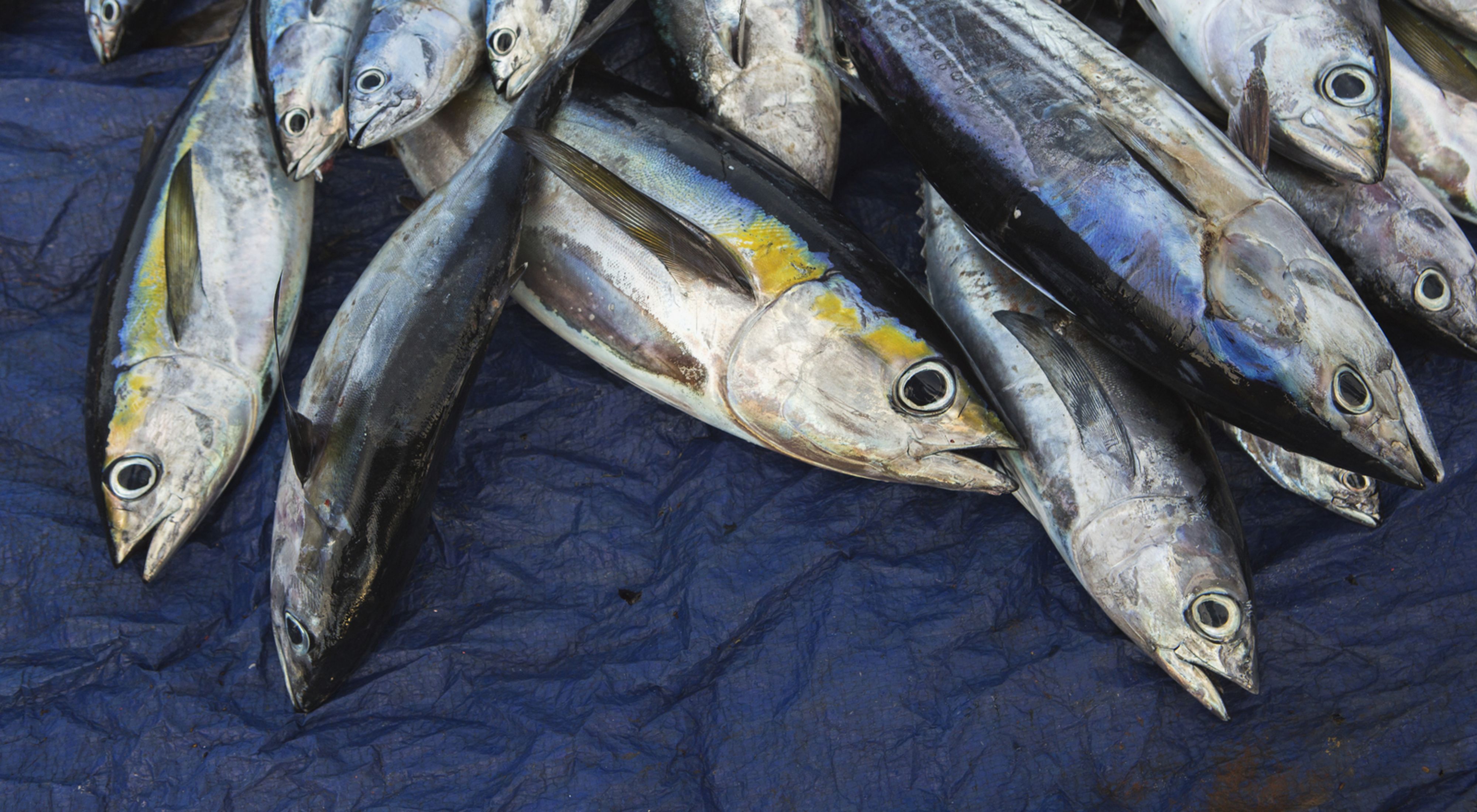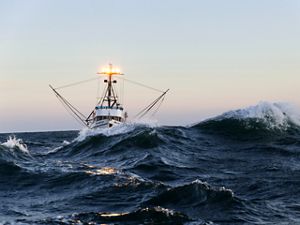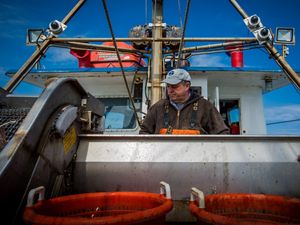Dawn is just brightening the sky when Andrés Maldonado arrives at his boat. He will put in a long day on the water, diving for conch, lobster and harpoon fish off the coast of Boquerón in the southwest corner of Puerto Rico.
“I have been fishing since 1973,” he says proudly. “Fishing is my passion as well as my full-time job. But it is challenging because you never know if you are going to succeed.”
While technology can’t guarantee a successful catch, it is poised to help improve conditions, both for fishermen like Maldonado and the fisheries themselves.
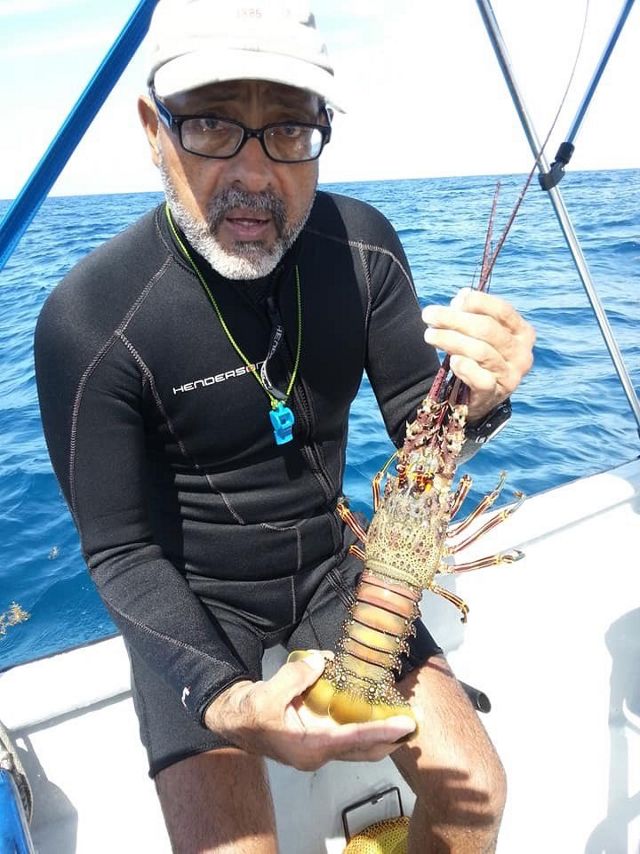
Maldonado participates in a pilot program for electronic reporting (ER) of fisheries data in Puerto Rico. The tool helps fishermen capture critical fishing data more easily and quickly than ever before, while at the same time making it more efficient for regulatory agencies to analyze the data and take important management actions.
More accurate and timely data will hopefully lead to healthier fisheries for Puerto Rico, where fishing supports more than $100 million in economic activity each year and is vital to the culture and way of life.
Partnership for a Better Future
“Fishermen here are very committed to reporting their data but have been asking for a more efficient way to do that for some time now,” says Alberto Mercado, The Nature Conservancy’s program manager for Puerto Rico. “They were interested in helping to develop and improve this app, so we worked closely with them to gather their insights and find out what they would like to see in the final product.”
Fishermen can access the new app with their phones, tablets or computers. They collect and submit the required data—such as species type, time of catch, quantity of catch and more—while they are out on the water, at the dock or back at home. Within hours of their catch, the information is transmitted directly to a central laboratory for analysis.
This real-time tracking of data is not only more convenient and efficient than the old method of paper collection, it also makes it easier for the data to be processed quickly by the Department of Natural and Environmental Resources (DNER) and NOAA, who jointly regulate Puerto Rico’s fishing waters. In the past, a backlog of data meant that fisheries were closed years after over-fishing had occurred, or re-opened long after they had recovered. Now, regulatory agencies will be able to set limits more quickly, based on timely, accurate data.
Approximately 65 fishermen have been trained in the new technology so far, and the goal is to have all 800-1,000 commercial fishermen in Puerto Rico using the ER system by 2020. An education component of the program also provides resources and information for fishermen about fishing regulations and conservation, including how catch limits help maintain sustainable fish populations.

New Practices for a Changing World
Achieving healthy, more sustainable fisheries is no easy task in a world experiencing rapid environmental change. Rising seas, warming waters and acidifying oceans all threaten the health of the marine life that fishing communities depend on.
When Hurricane Maria hit in 2017, Puerto Rico’s fishing community was severely impacted—many fishermen left the island and work was stalled for months. But the ER project got back on track quickly, despite these setbacks. Most everyone—from conservationists to fishery managers to fishermen—recognizes the need to modernize data collection and analysis in Puerto Rico for the sake of sustainable fisheries.
Eventually, the partnership would like to extend the program to the estimated 100,000 recreational fishermen in Puerto Rico, whose catches are largely unaccounted for in management decisions.
“This new technology for data collection and the teamwork with conservation groups is necessary. We have to learn from them and they from us, for the sake of fisheries,” says fisherman Nelson Crespo.
This effort is made possible thanks to the coordination and funding of The Nature Conservancy, the NOAA Coral Reef Conservation Program (CRCP) and the National Fish and Wildlife Foundation.
Dive Deeper into EM
-
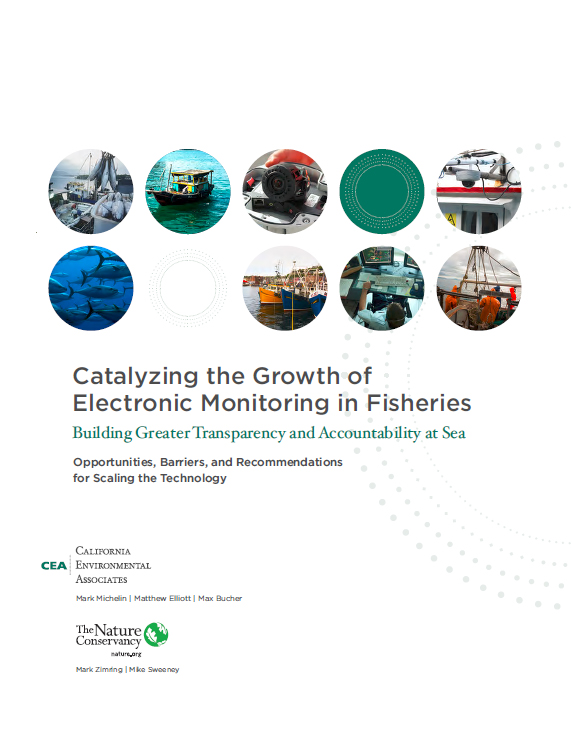
Catalyzing Growth of EM
The Conservancy's 70-page paper provides detail and input from more than 40 electronic monitoring experts.
DOWNLOAD -
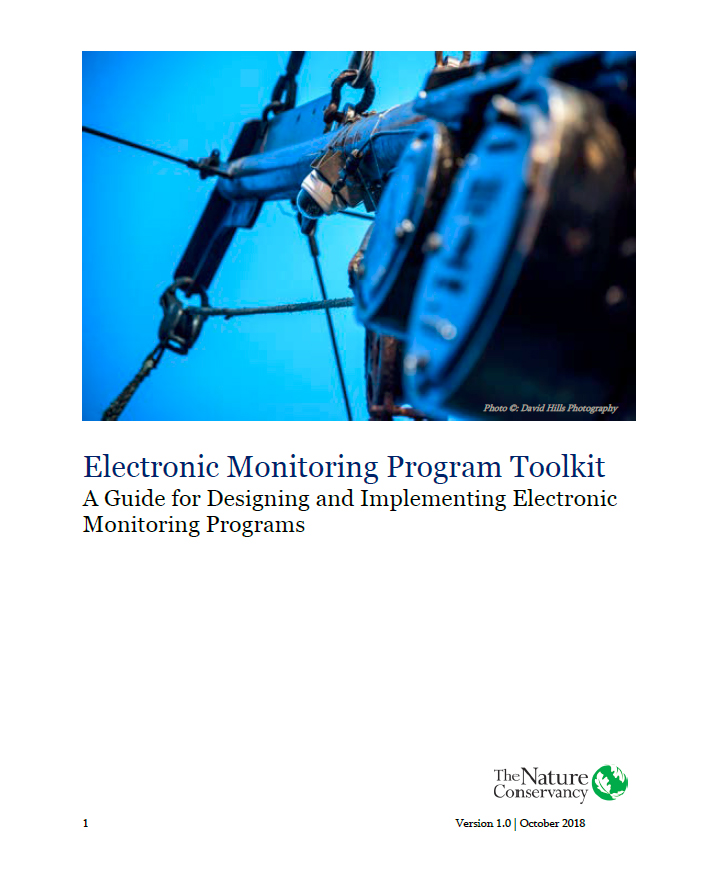
Electronic Monitoring Toolkit
Produced by The Conservancy and partners, this is an overview of questions and issues that may arise when governmental bodies and fishery managers are considering the development and implementation of electronic monitoring programs for fisheries.
DOWNLOAD
